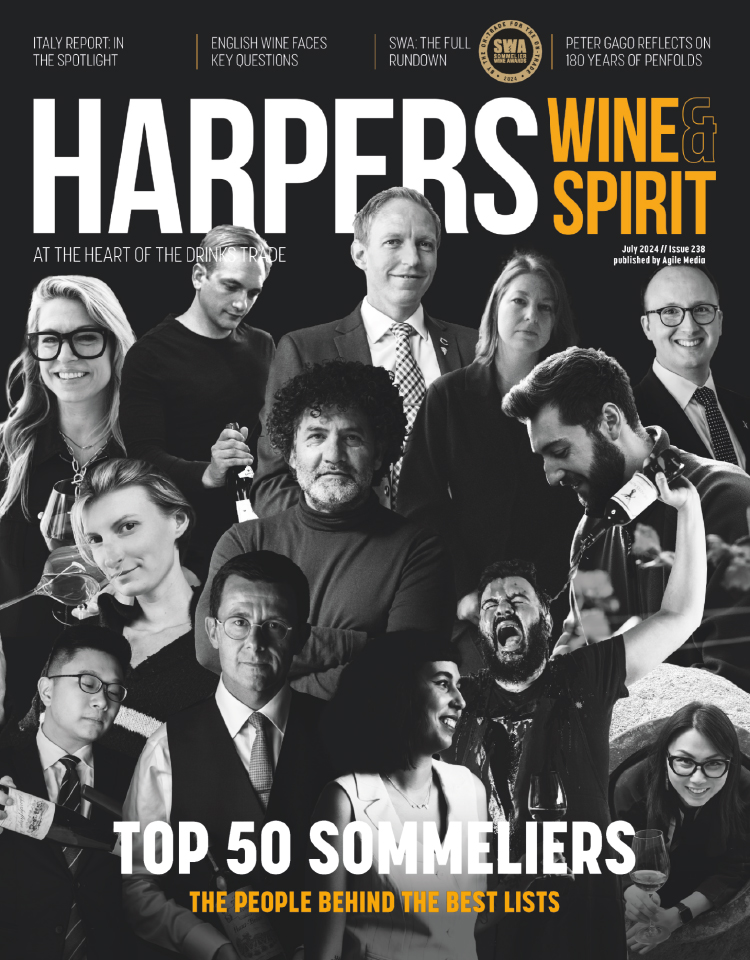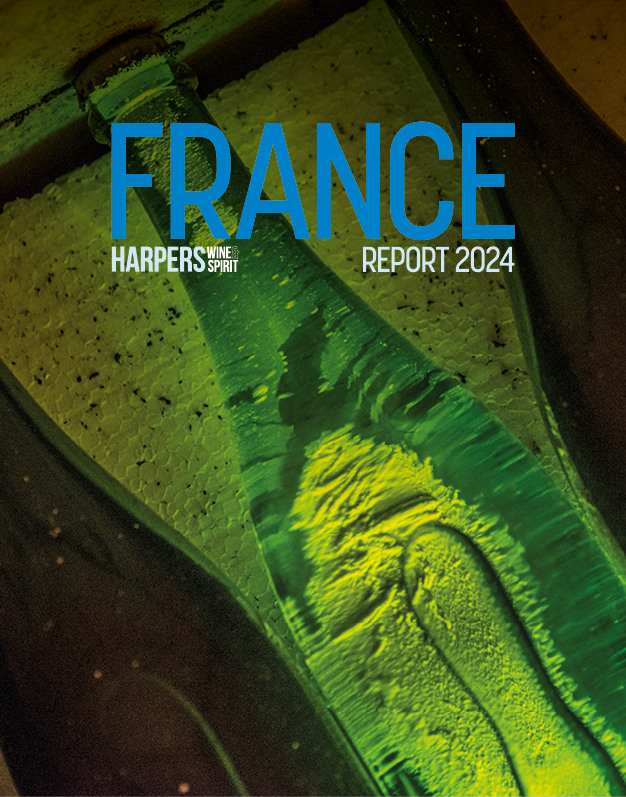
West Coast oversupply delivers softer prices as consumer demand falls
Prices for both bulk and grape from California and Washington will continue to ‘drop noticeably’, leading to widespread discounting, according to the annual State of the Wine Industry 2020 Report from Silicon Valley Bank.
Following the voluminous 2018 crush, the beginning of 2019 found tanks still full, with prices falling, and the incoming 2019 vintage – delivering fairly normal volumes in California and slightly below average in it’s rival northern states –has further compounded the situation, says the report.
The situation has been exacerbated by a fall off in demand across both off- and on-trade, with consumption of wine declining in the US for the past few years.
These findings are in line other recent research, such as Wine Intelligence’s recent US Landscapes 2020 report, which charted a decline over four years of 11 million ‘regular’ wine drinkers, falling from 88 million in 2015 to 77 million in 2019.
The Silicon Valley Bank report singled out the low engagement of a large millennial generation as a major cause for the downturn, while also identifying this demographic as the largest growth opportunity.
“Today, the wine supply chain is stuffed,” said Rob McMillan, founder of Silicon Valley Bank’s wine division and author of the report. “This oversupply, coupled with eroding consumer demand, can only lead to discounting of finished wine, bulk wine and grapes.”
US consumers are expected to buy into widespread discounting, with what the report describes as “the best wine retail values in 20 years.”
However, until younger generations of US drinkers do fully take up the slack, and with prices for Bordeaux and Burgundy on a high, the situation represents an opportunity for overseas buyers and producer alike for those that swing greater focus onto exports, offering those buyers attractive prices.
The picture is far from simple, though, in the current political climate, with proposed tariffs on EU wines into the US (Europe’s largest export market), potentially damaging trade both ways across the Atlantic.
The report offered a downbeat assessment of winery owners’ confidence, saying that 49 percent were pessimistic about the current market conditions, compared with just one percent in 2018.
Diminished returns were predicted for many in the industry, with further fallout set against falling demand.
Keywords:
- wine
- US
- California
- export
- demand
- consumption
- millennials
- supply
- Washington
- West coast
- falling prices






